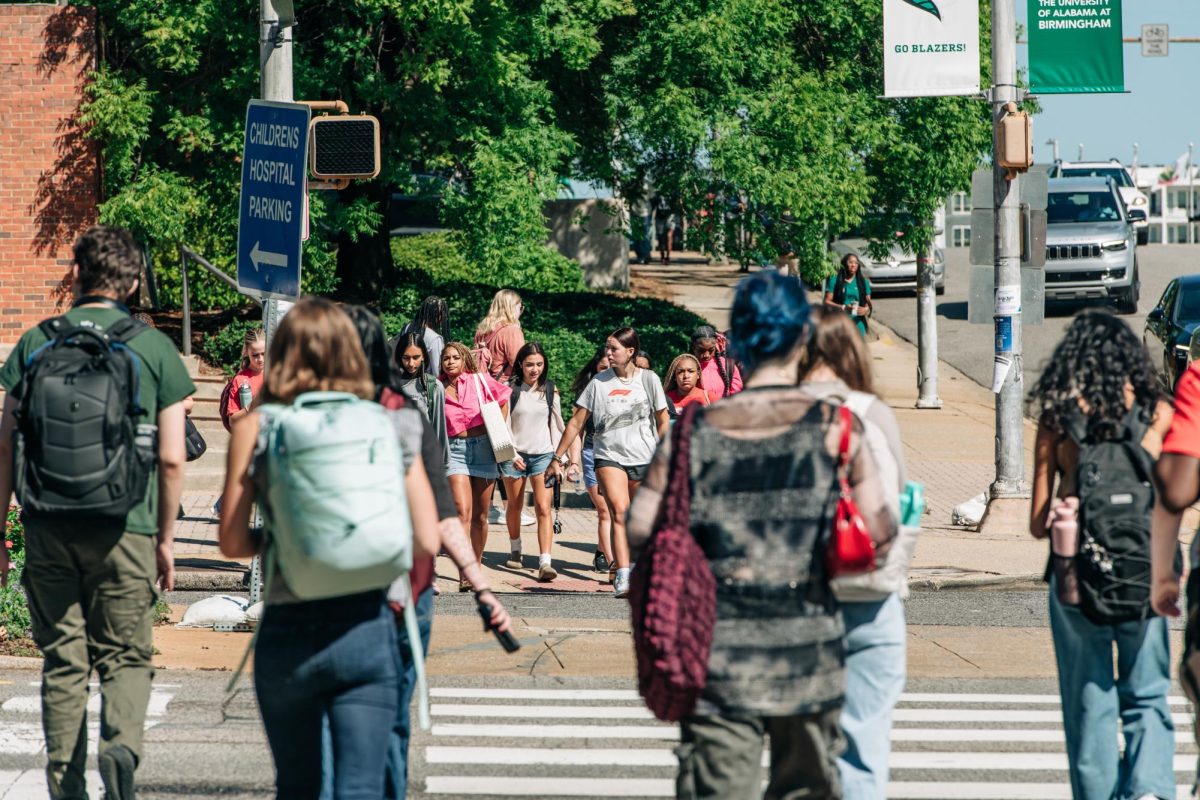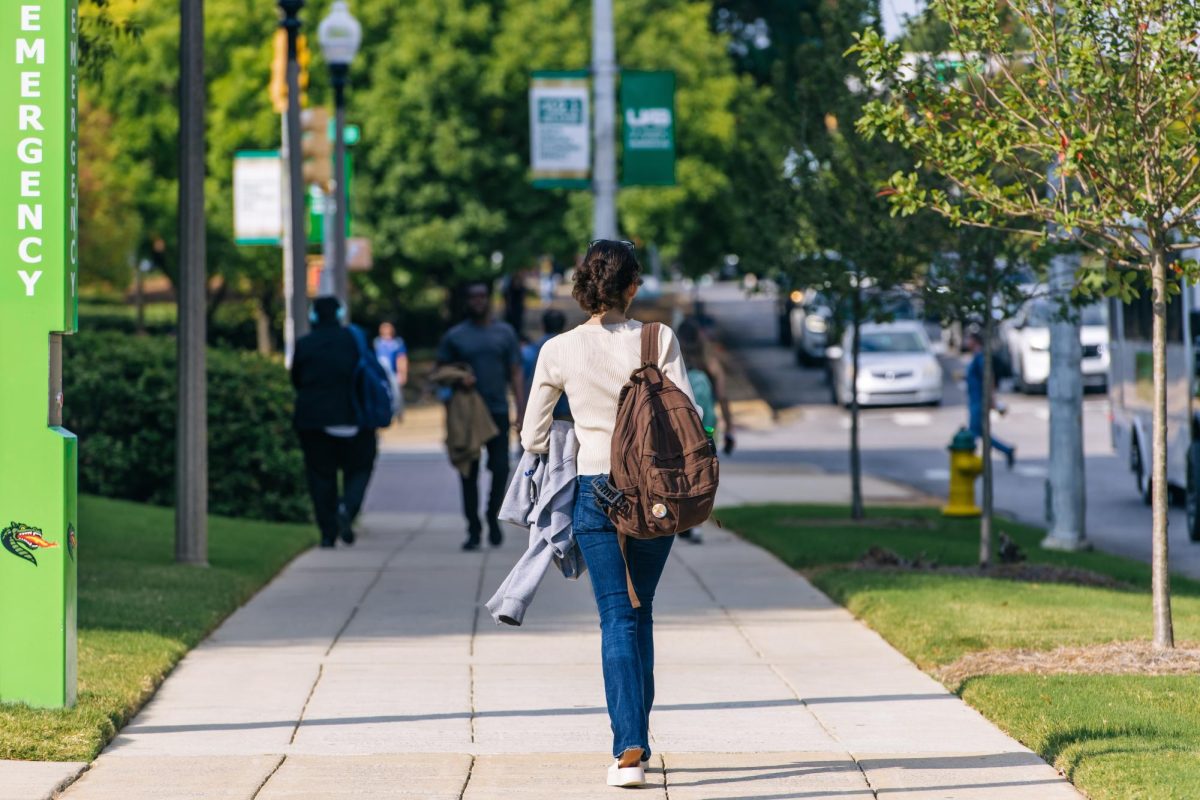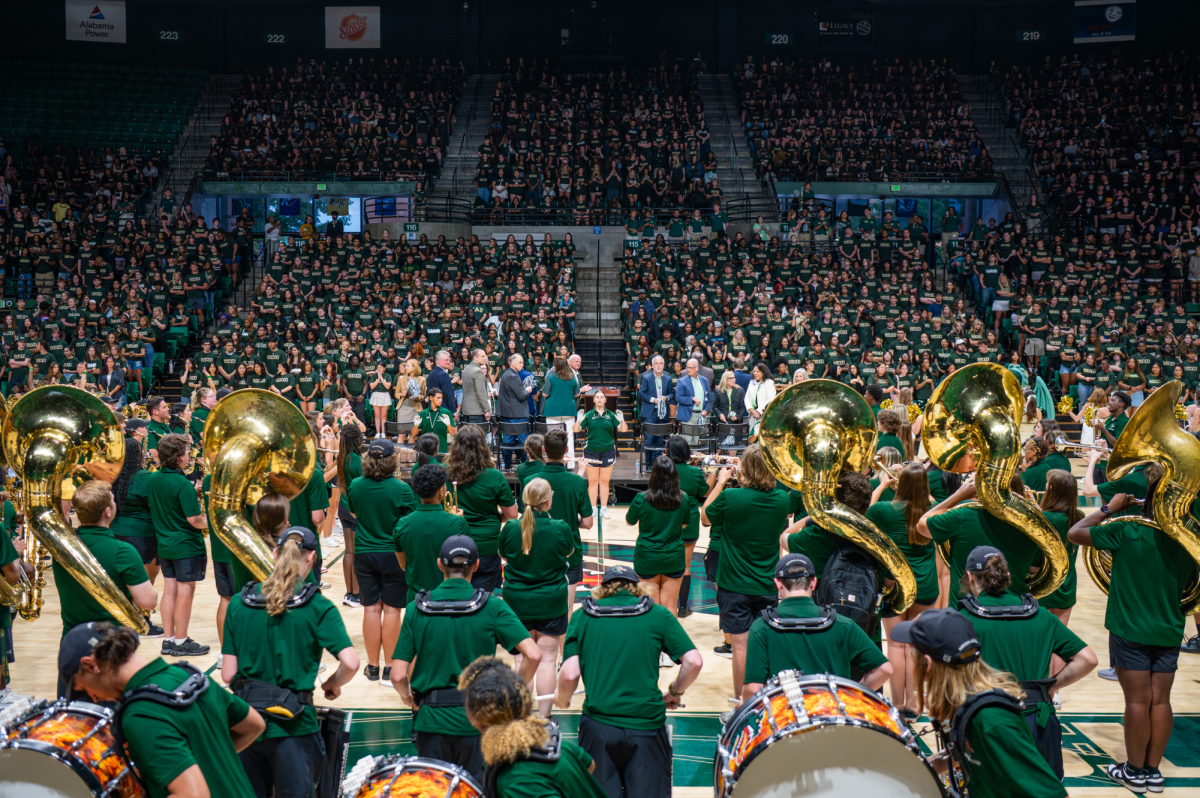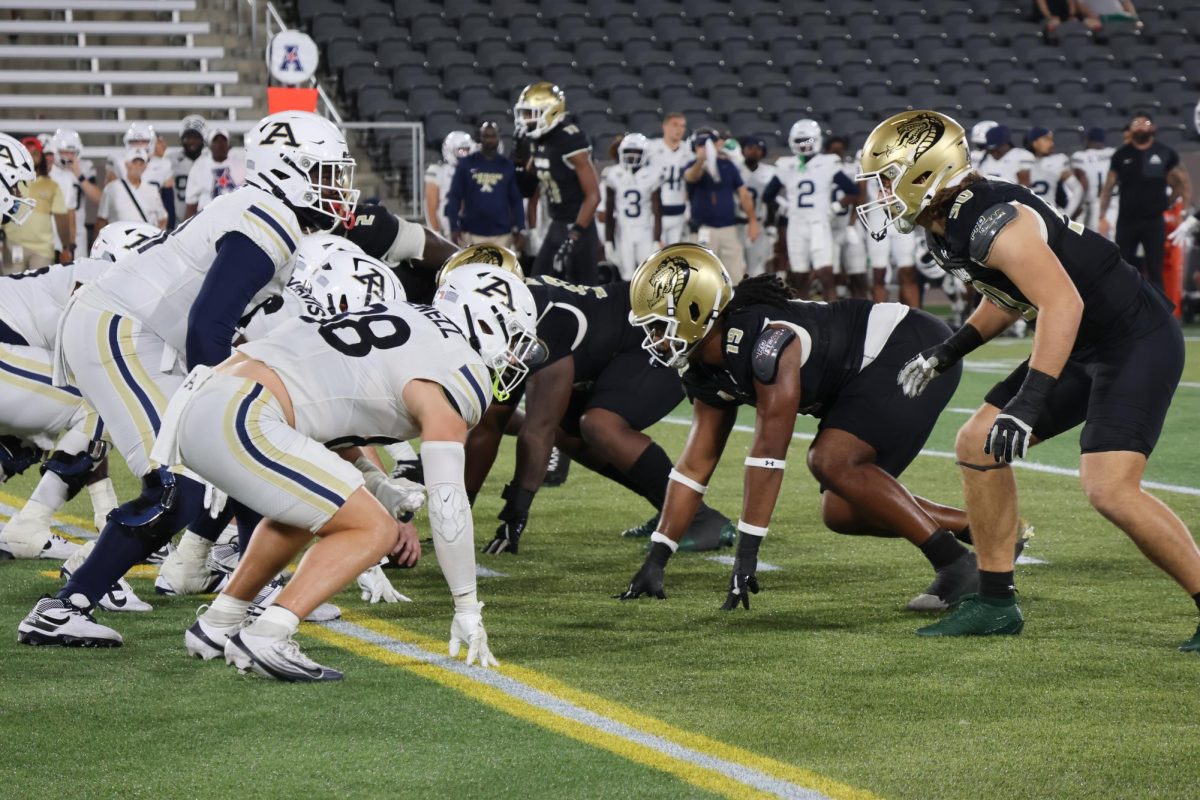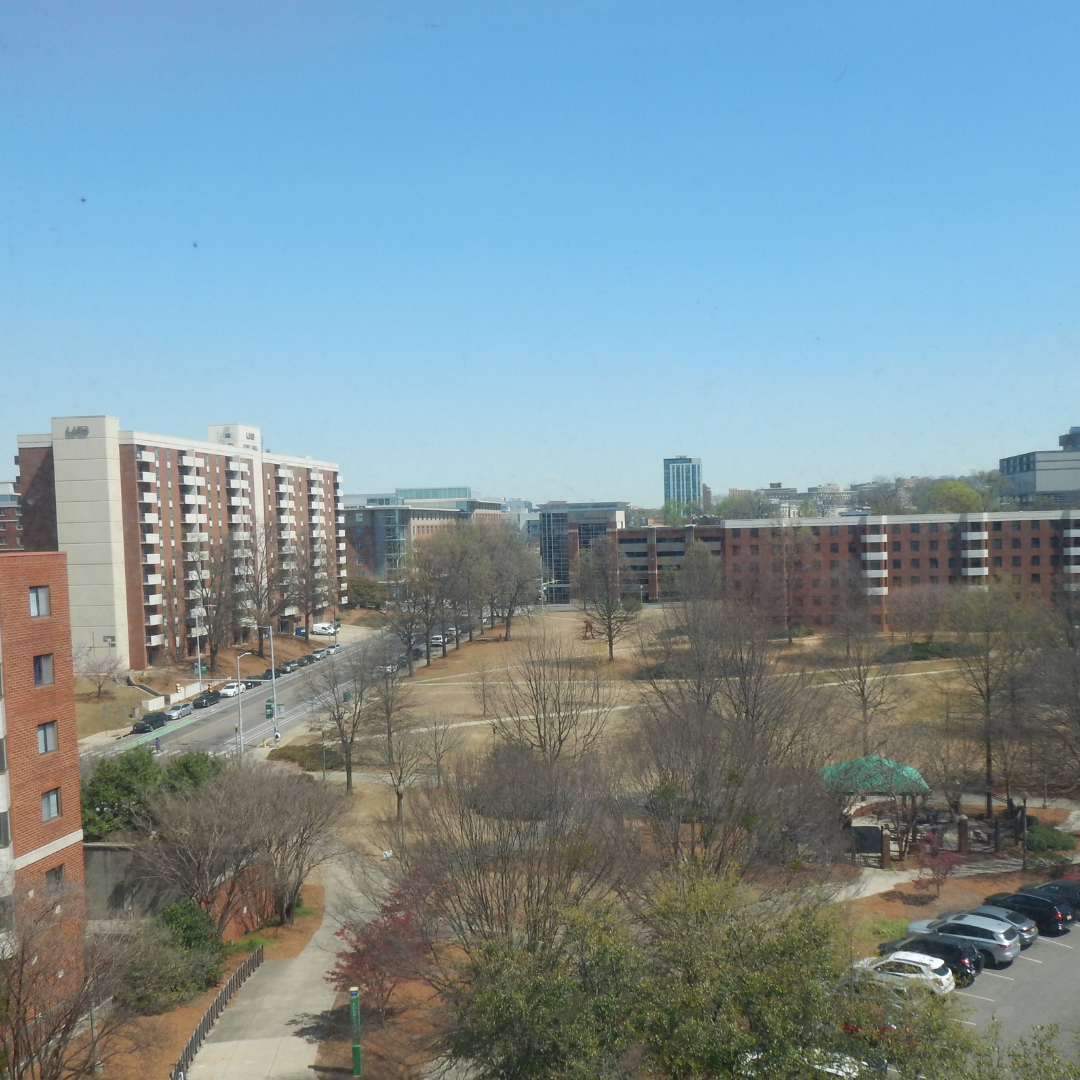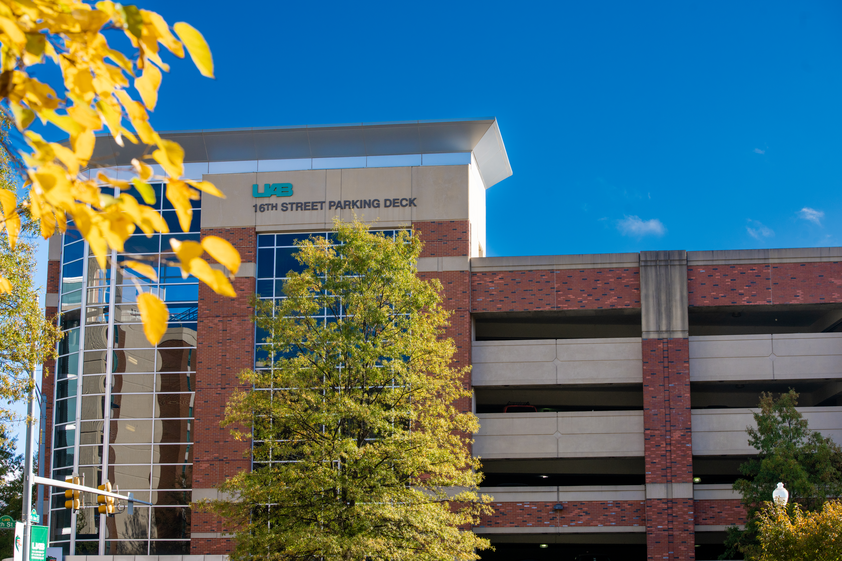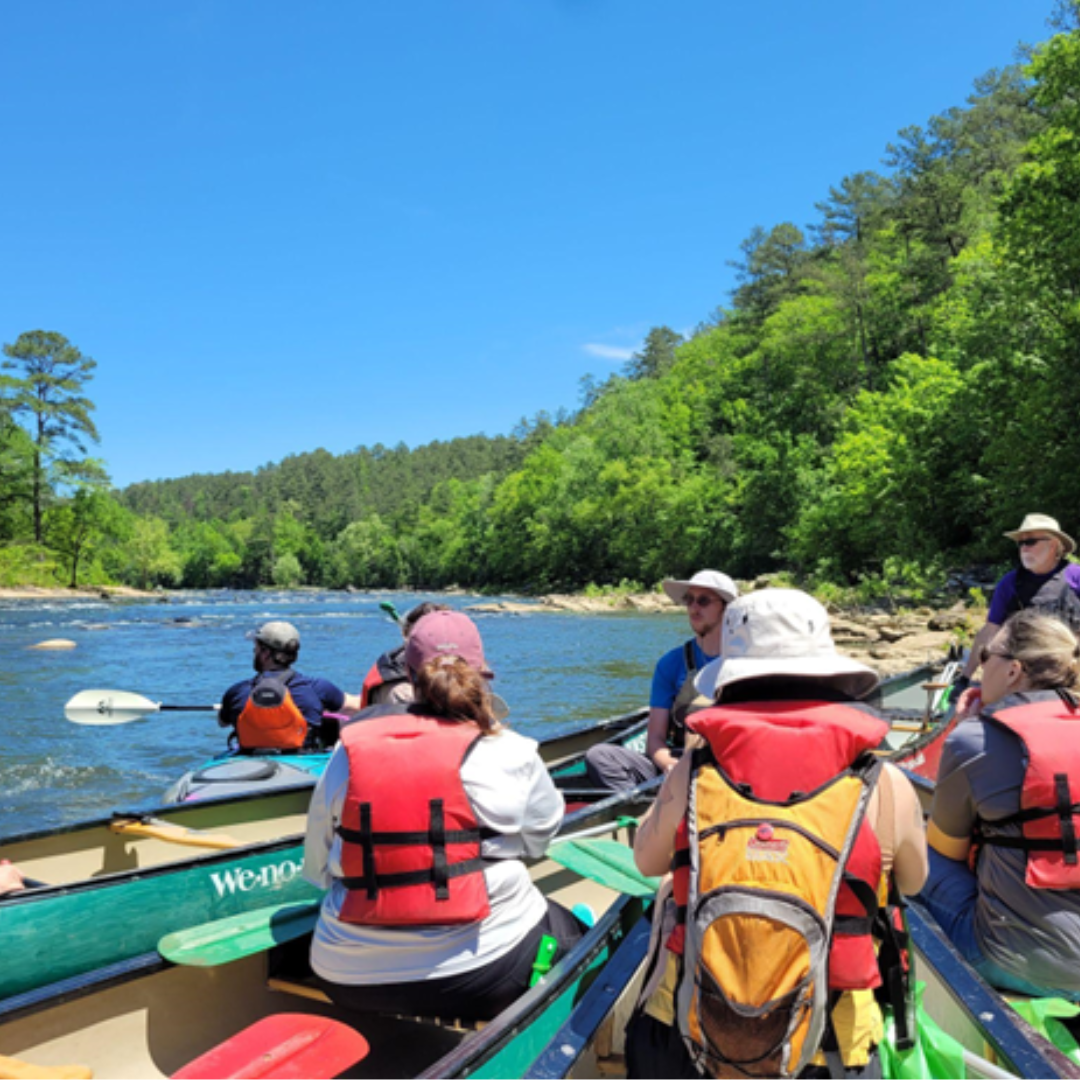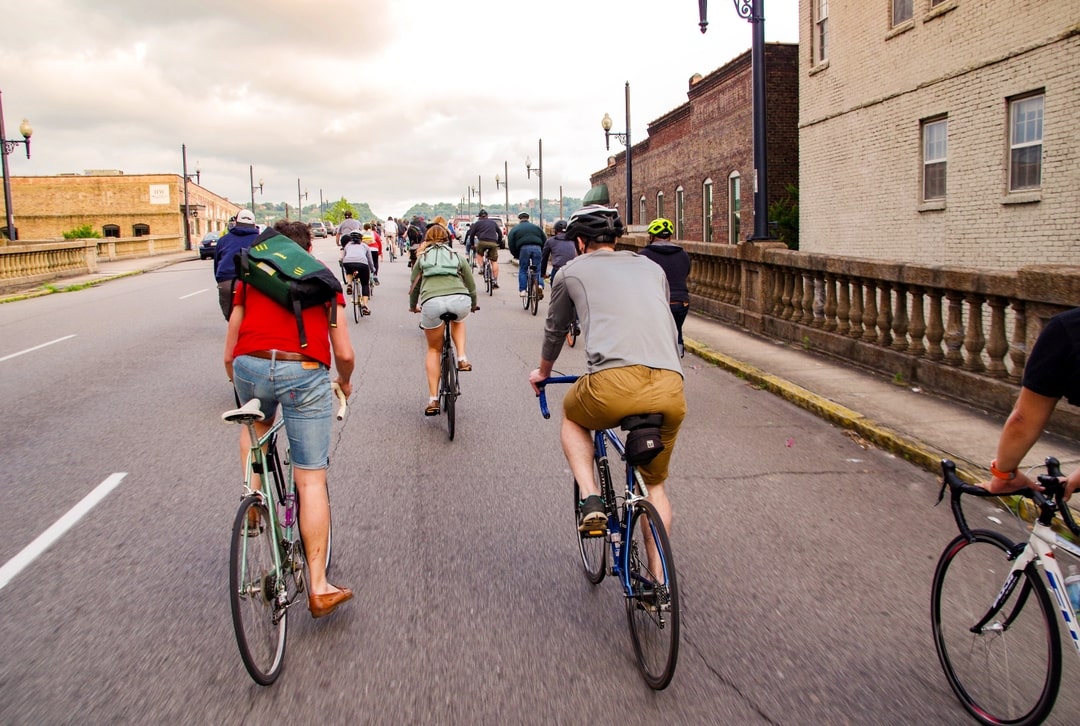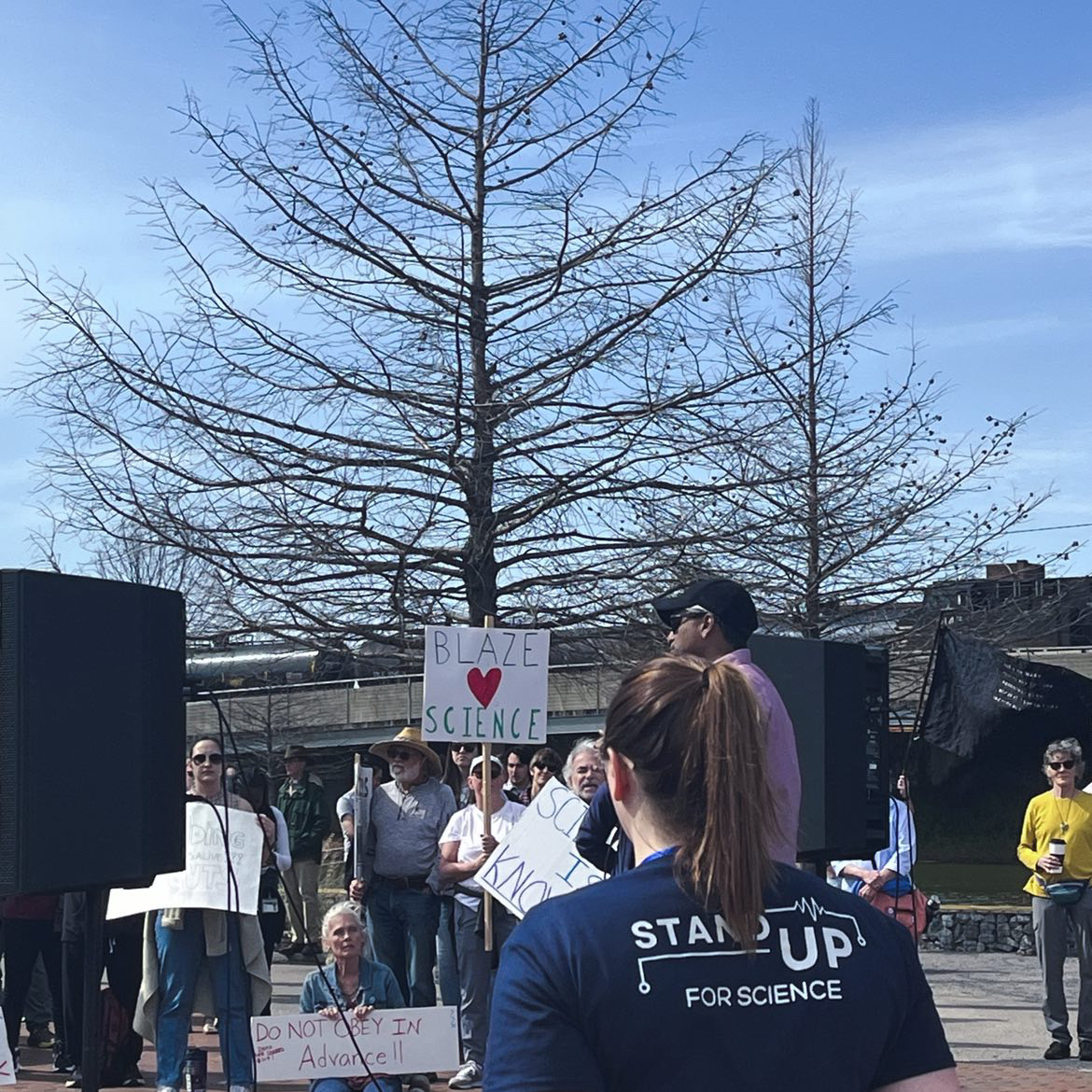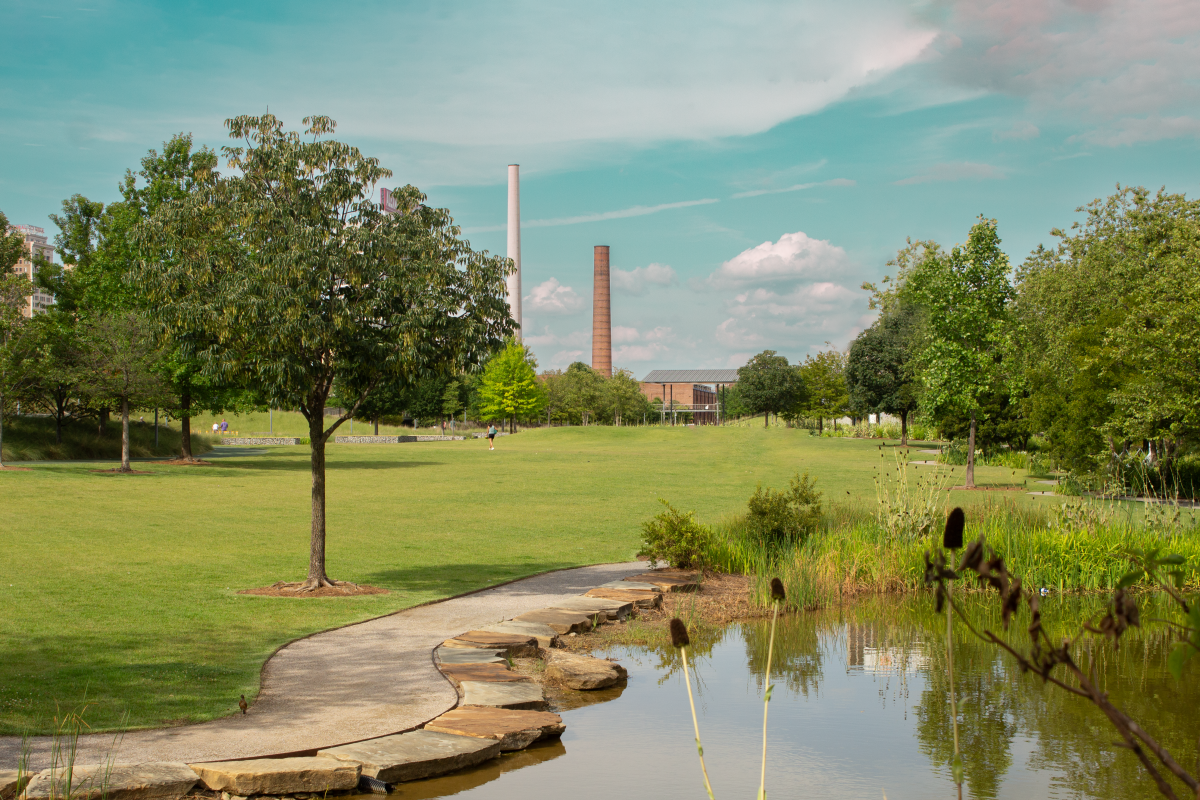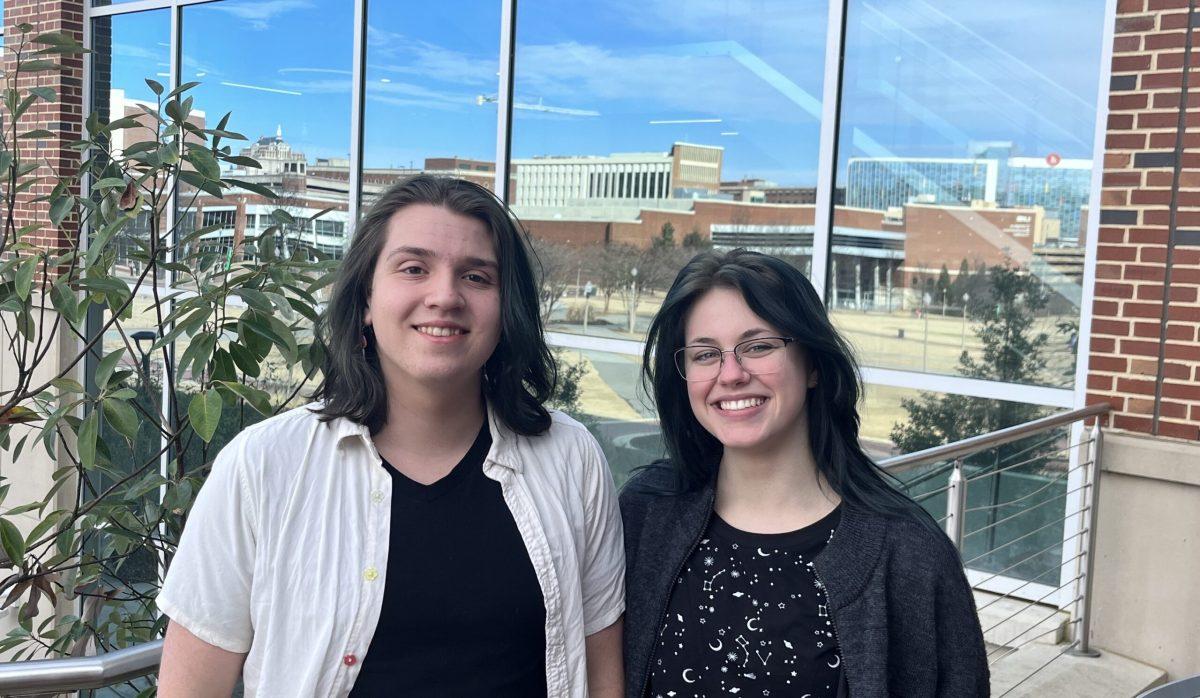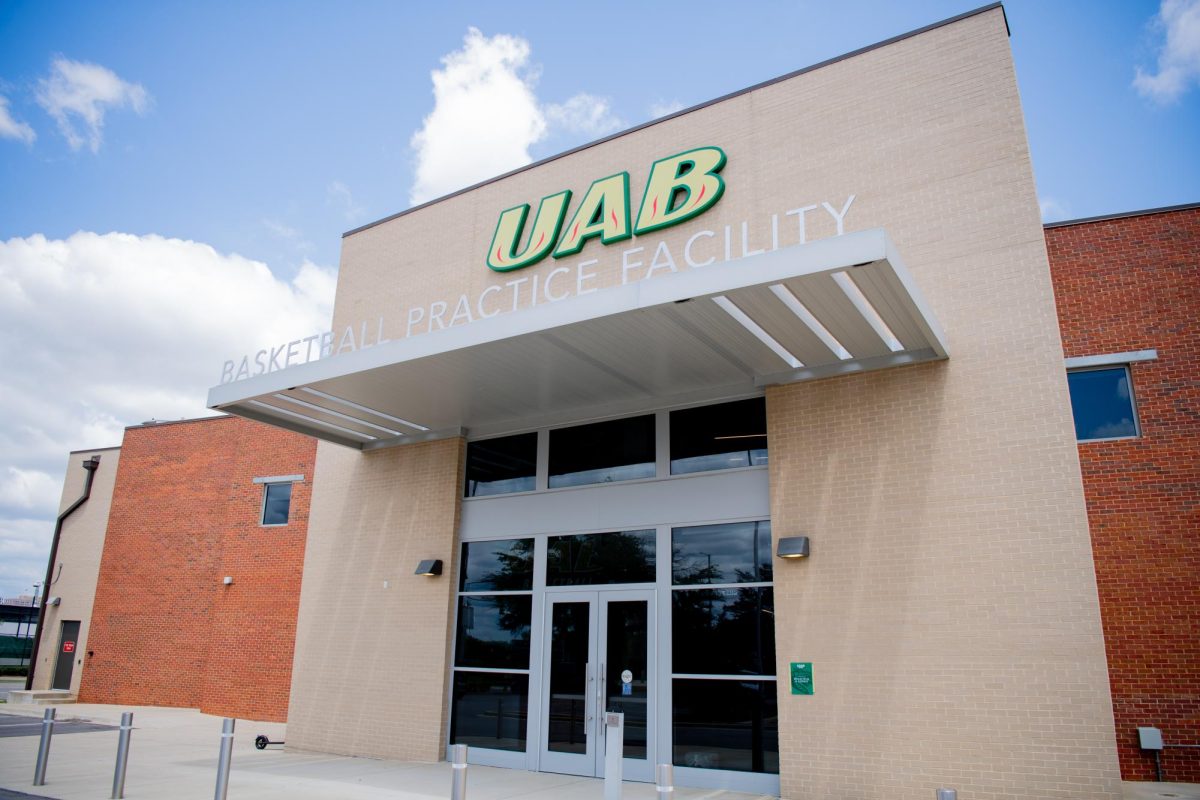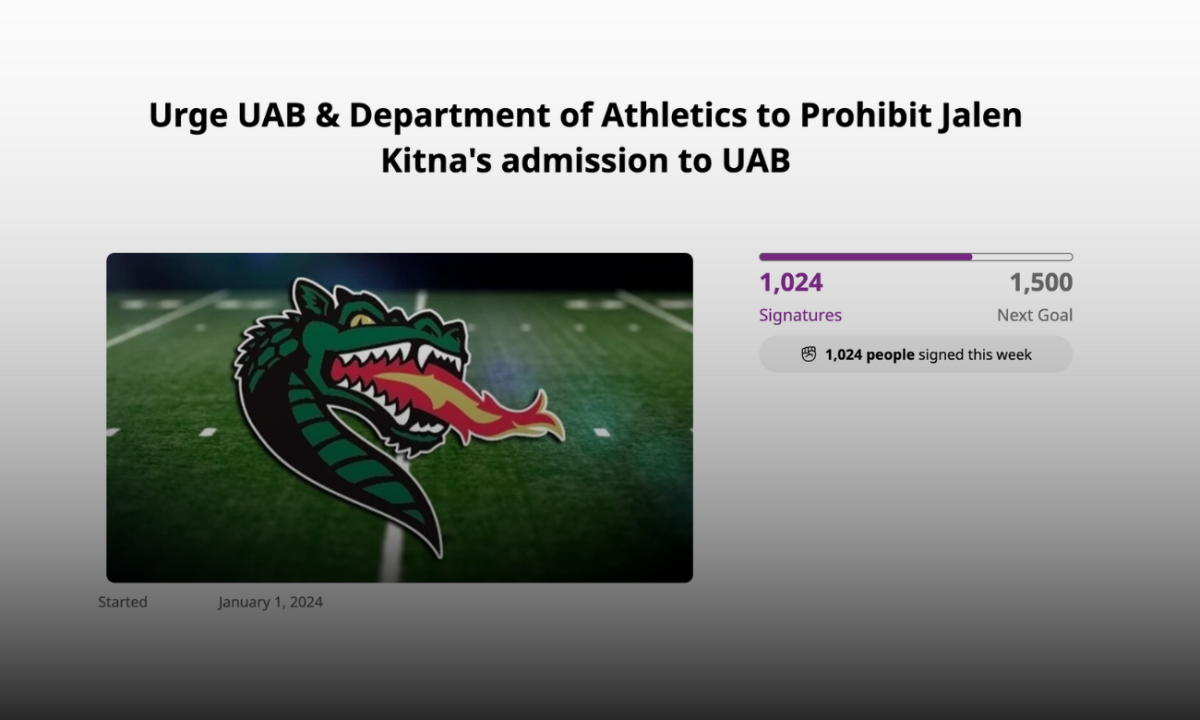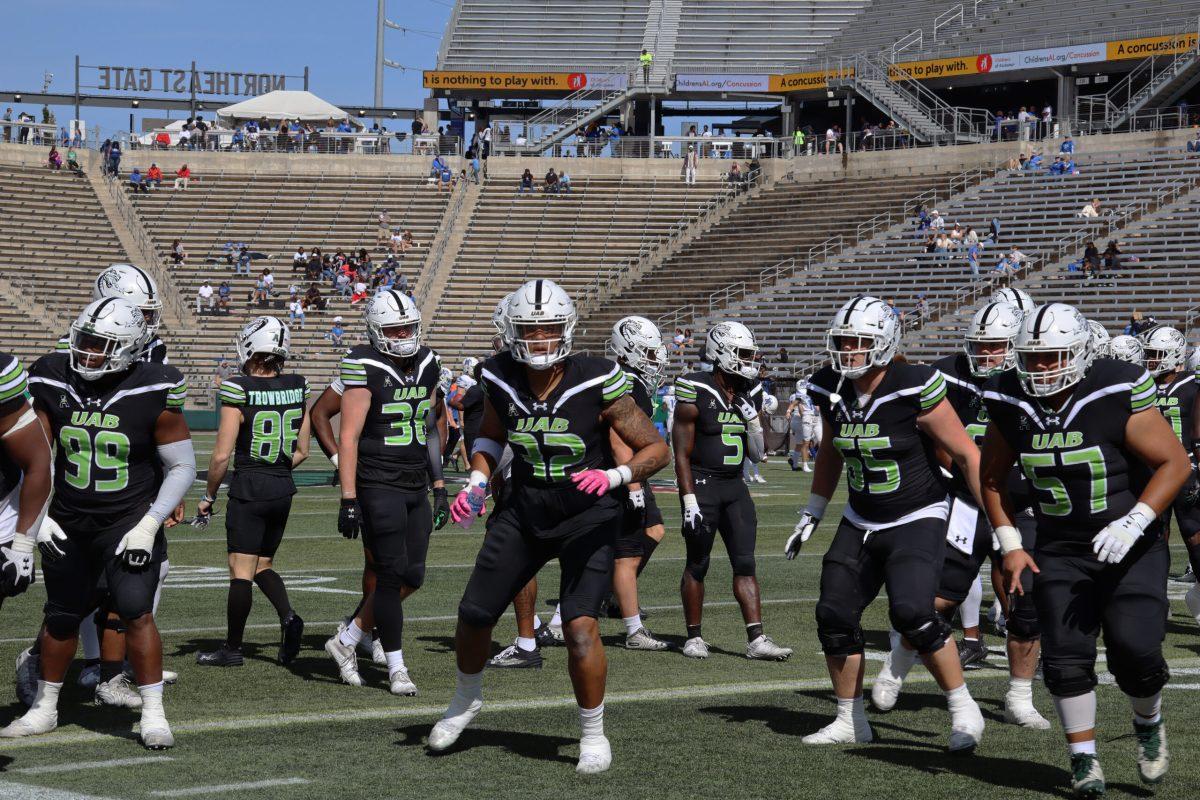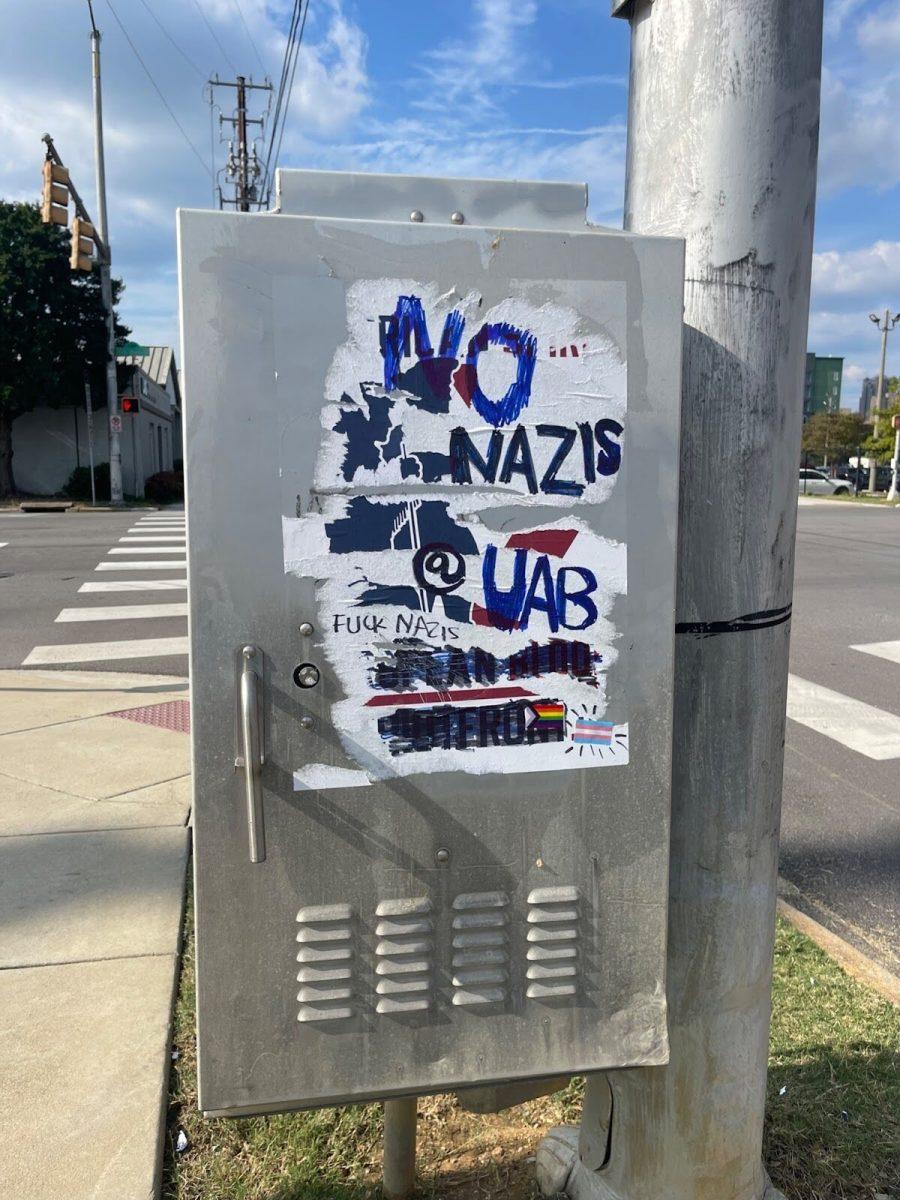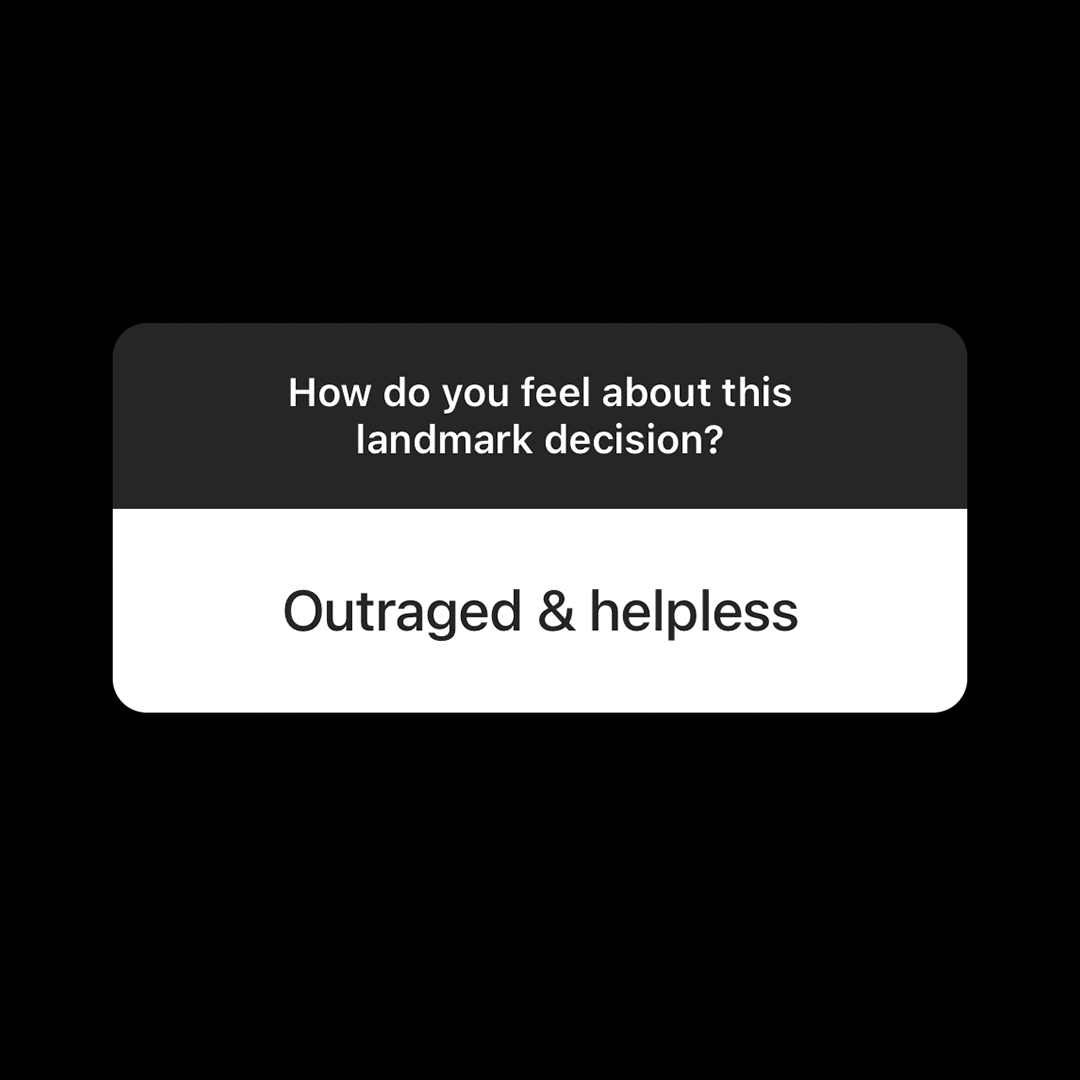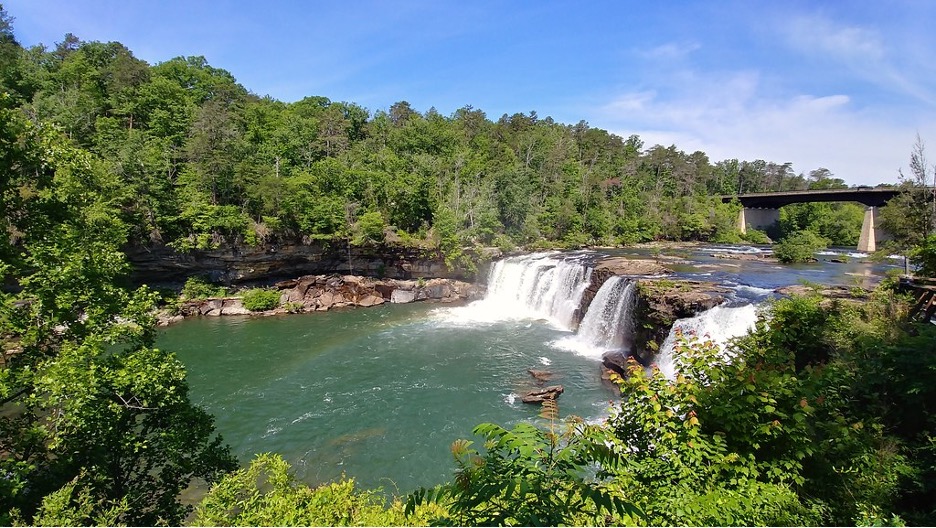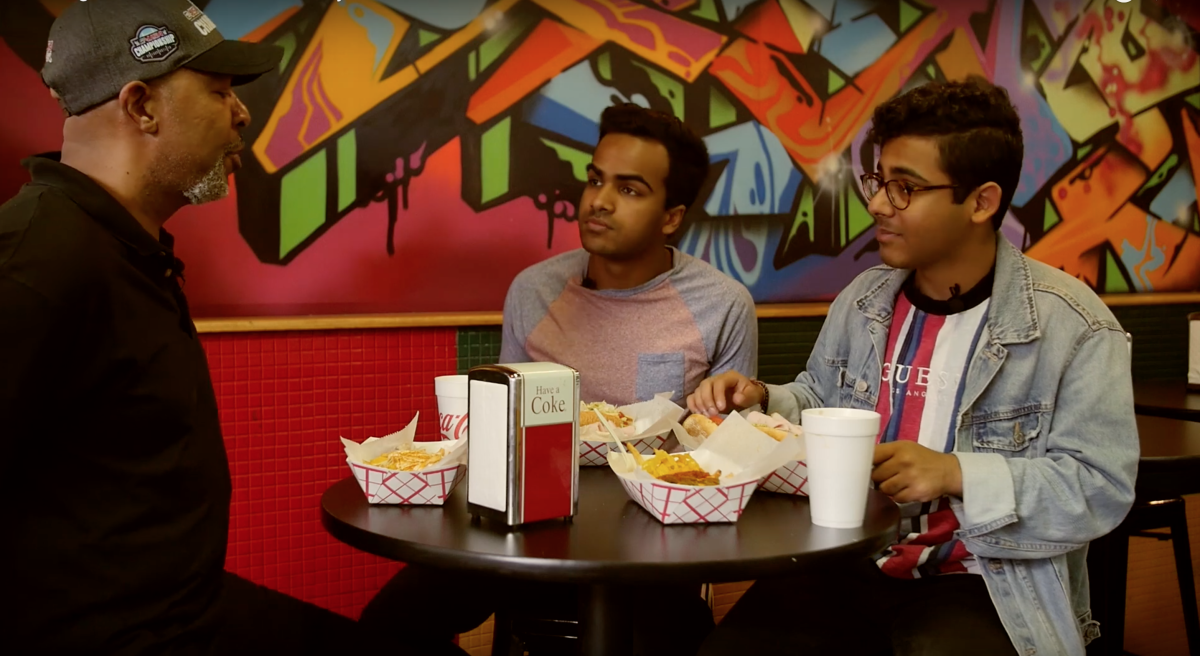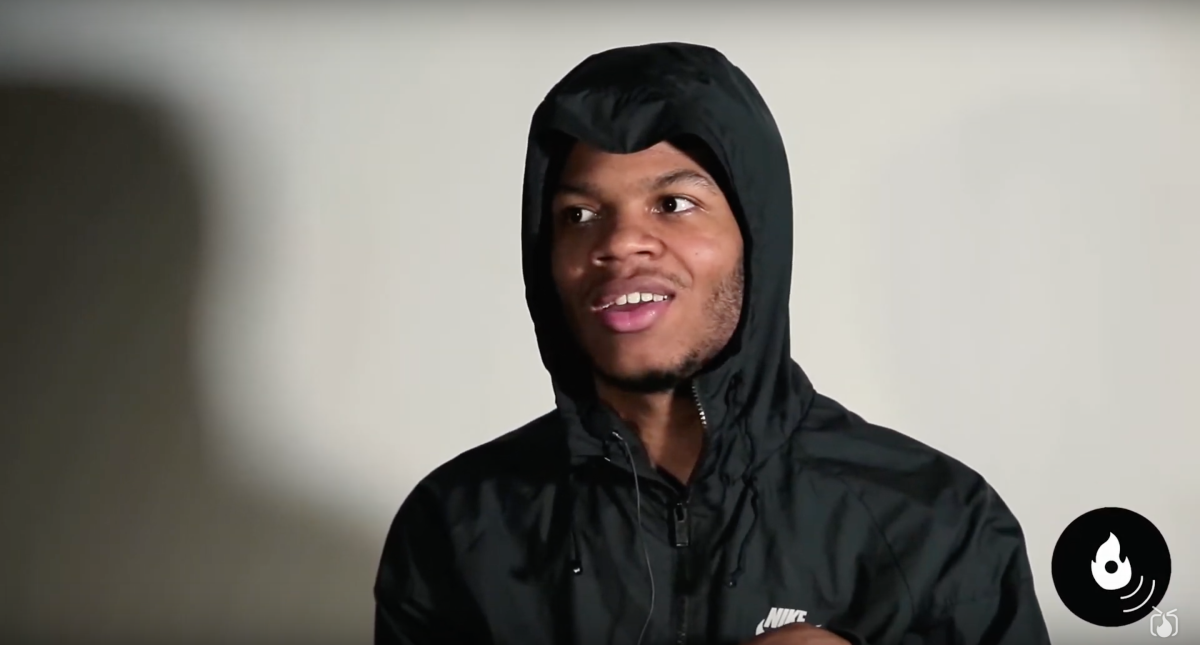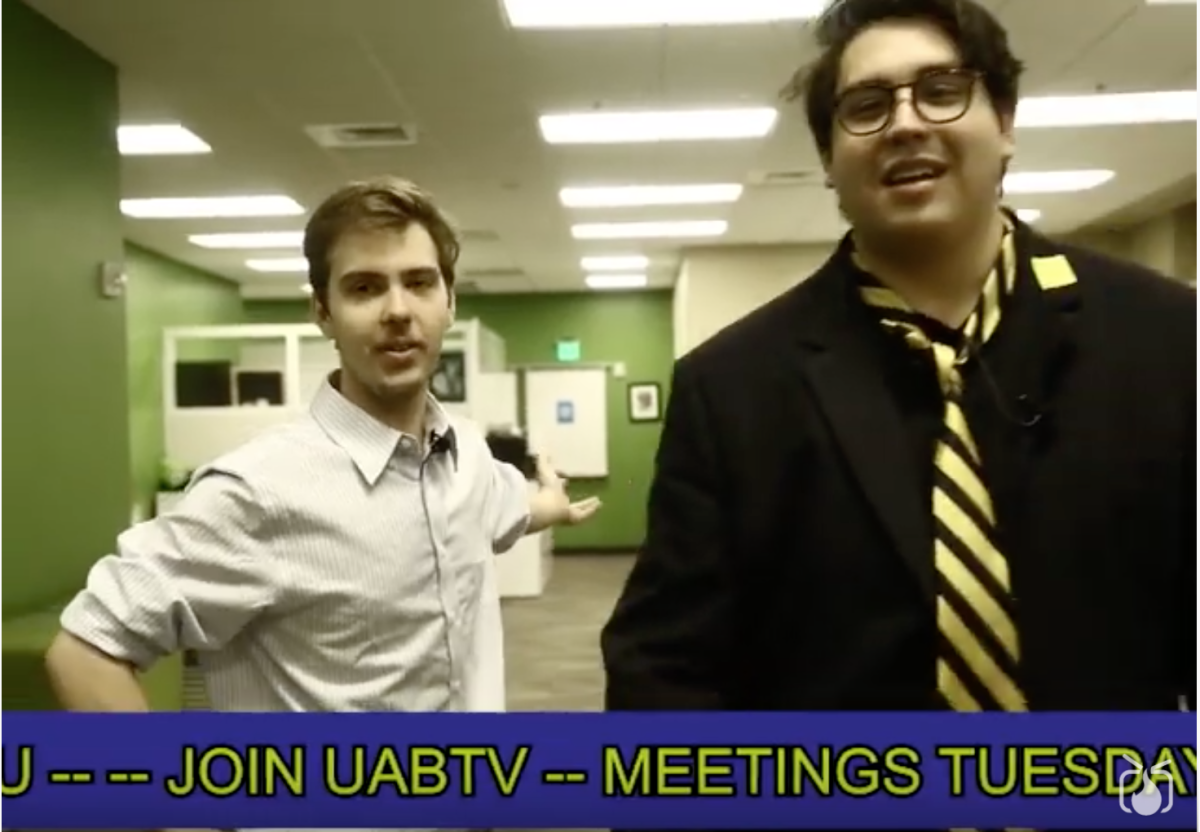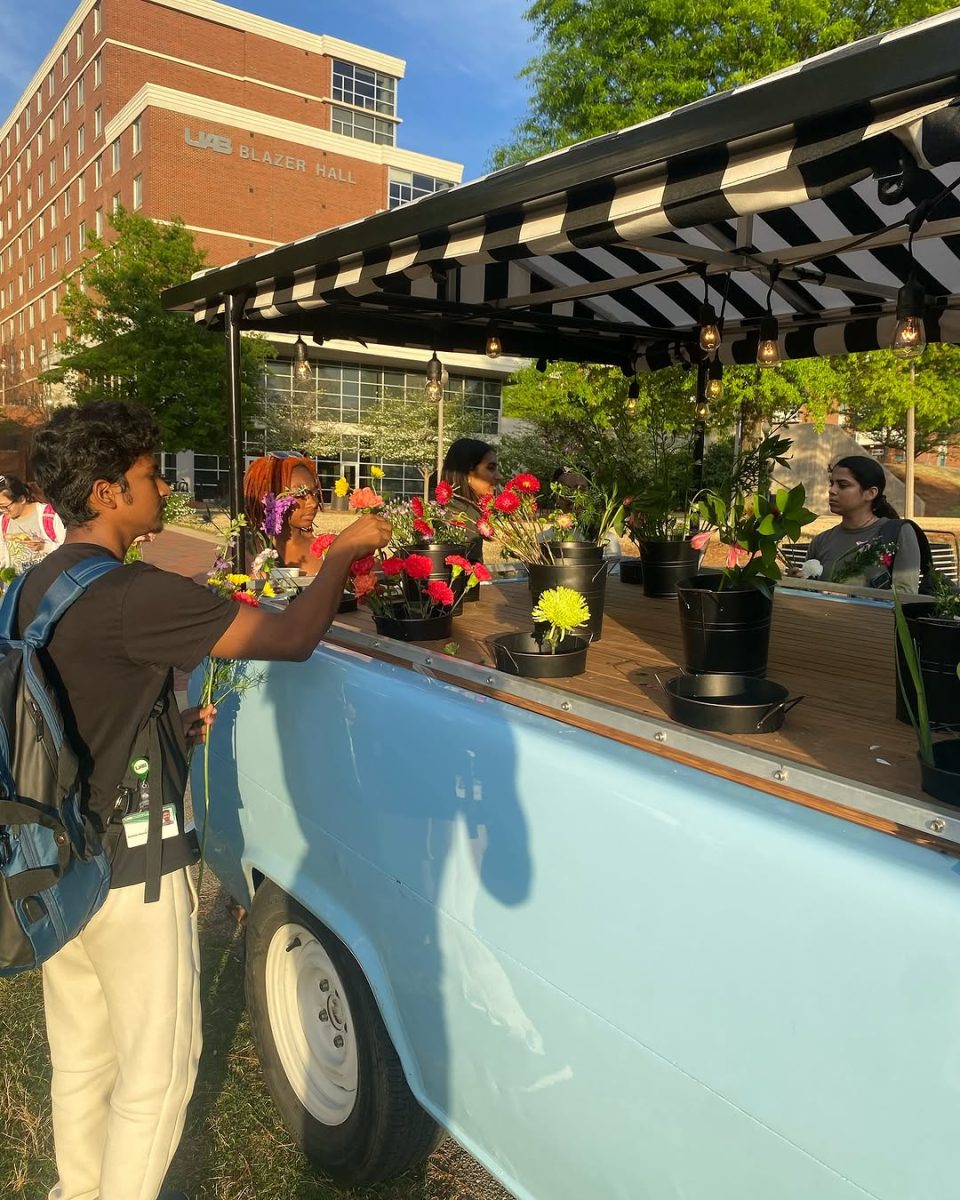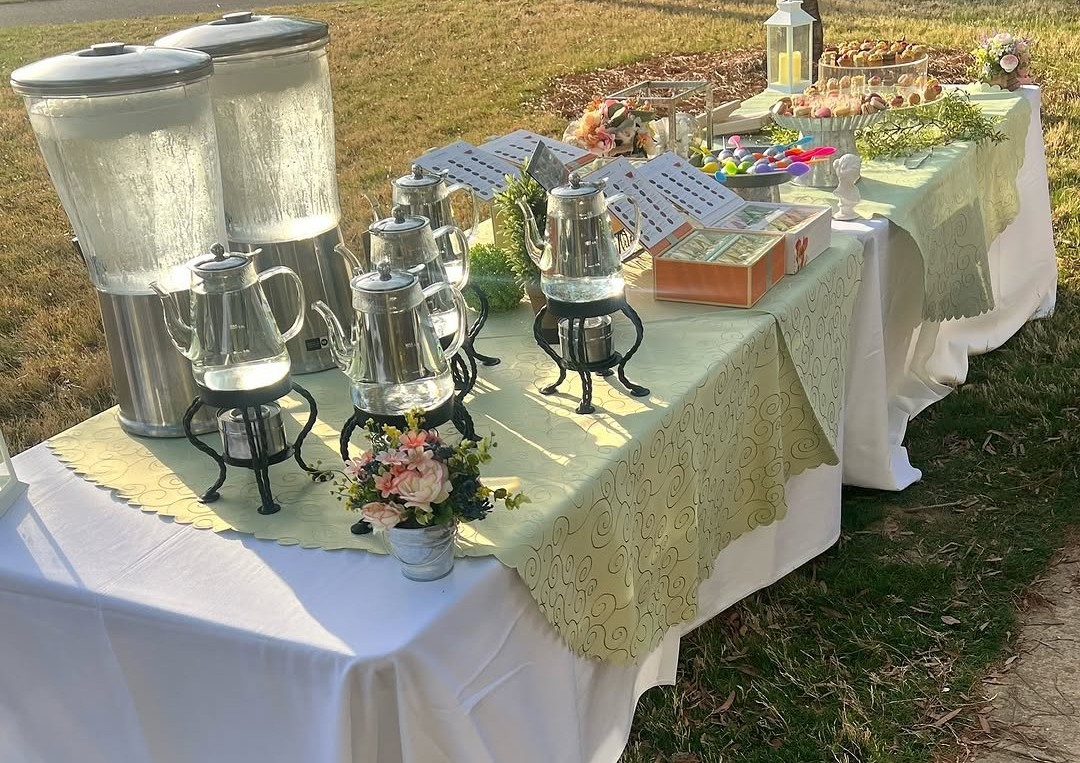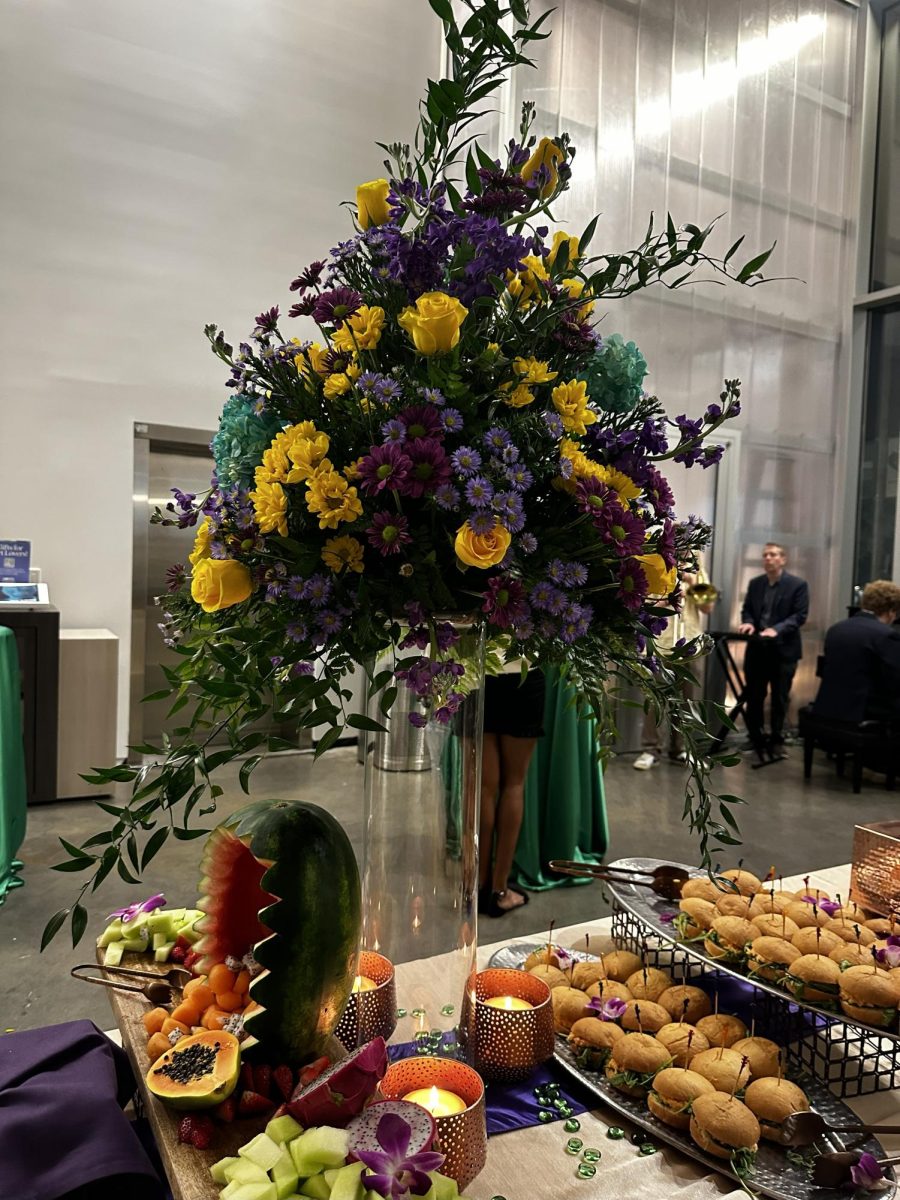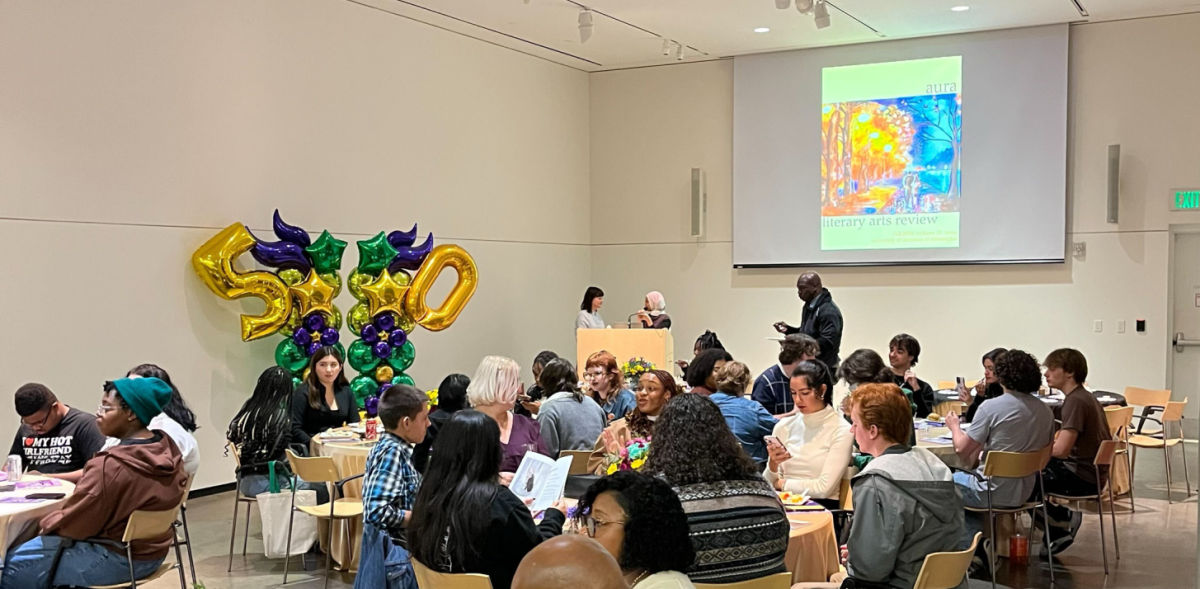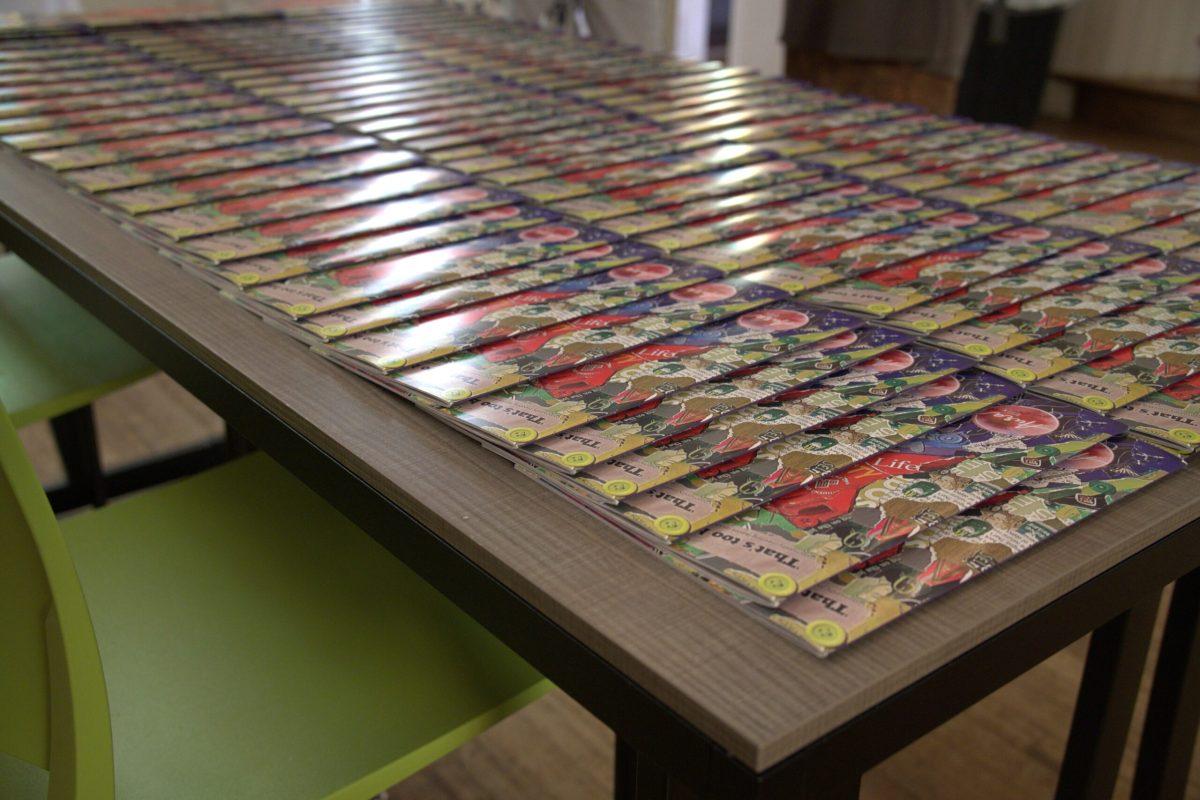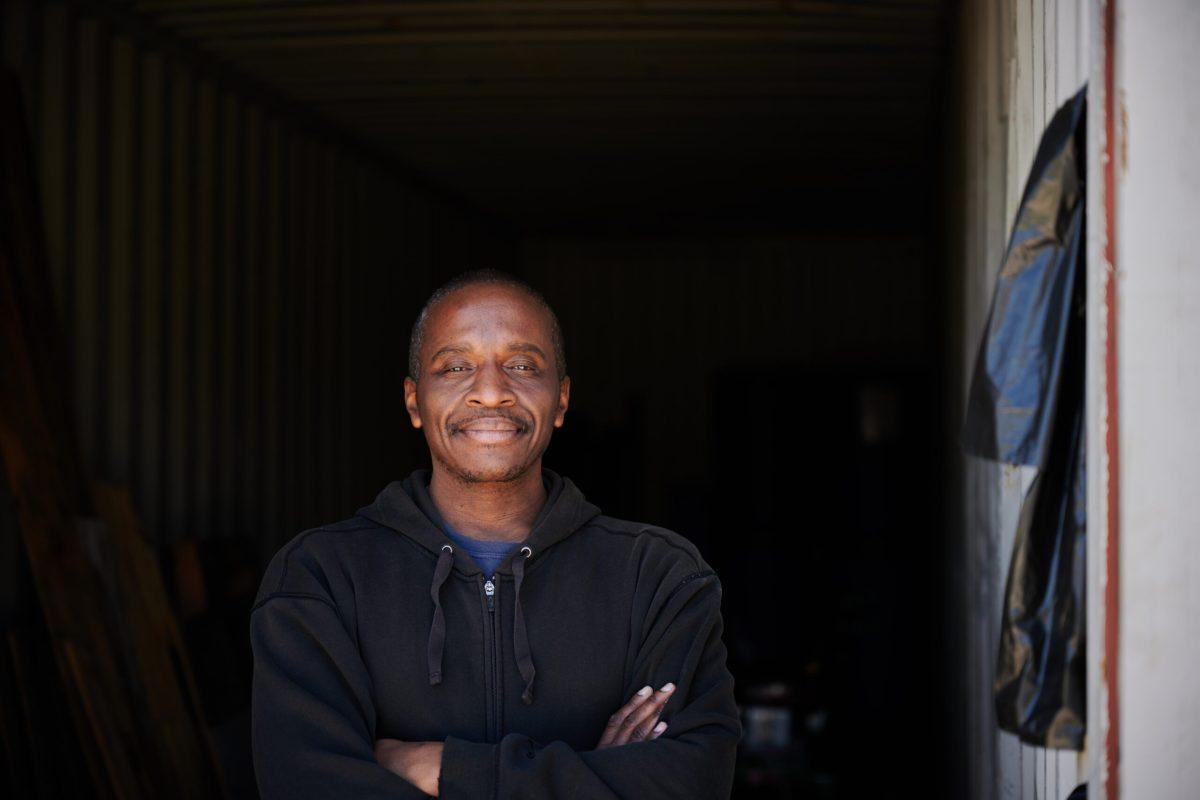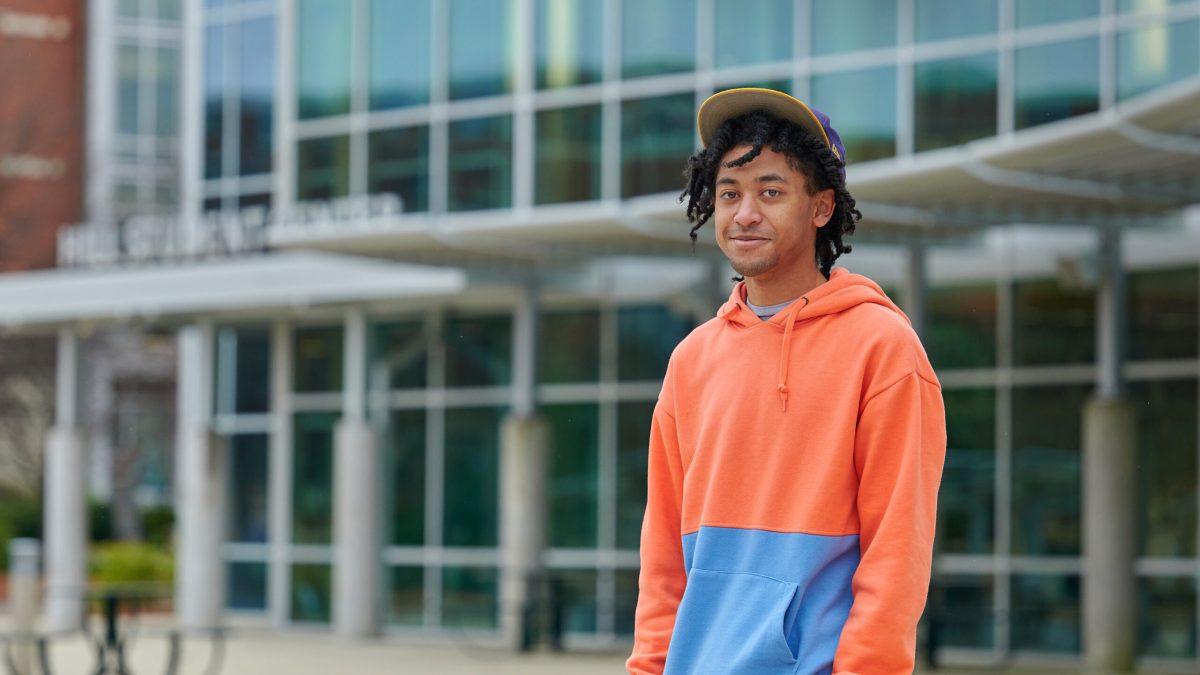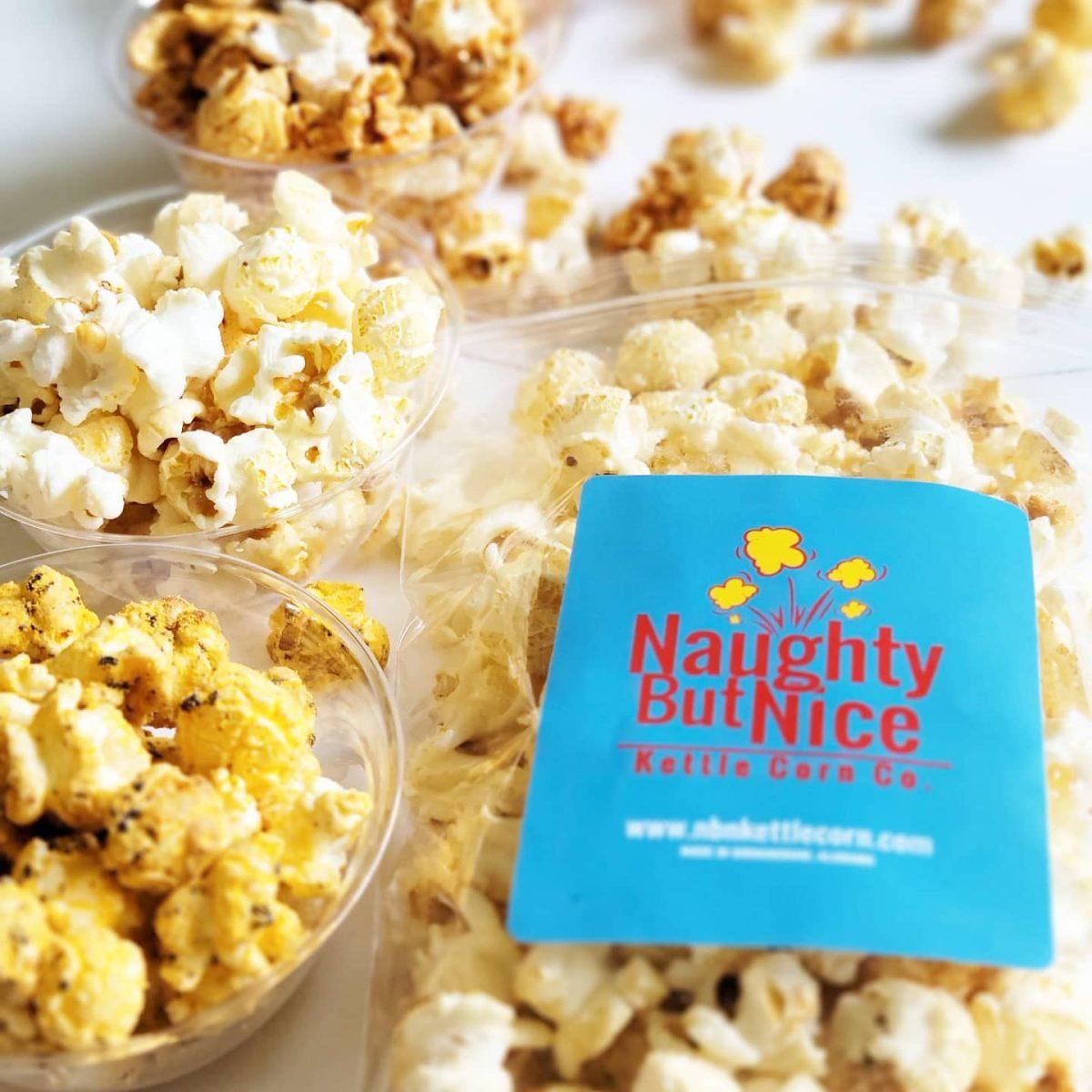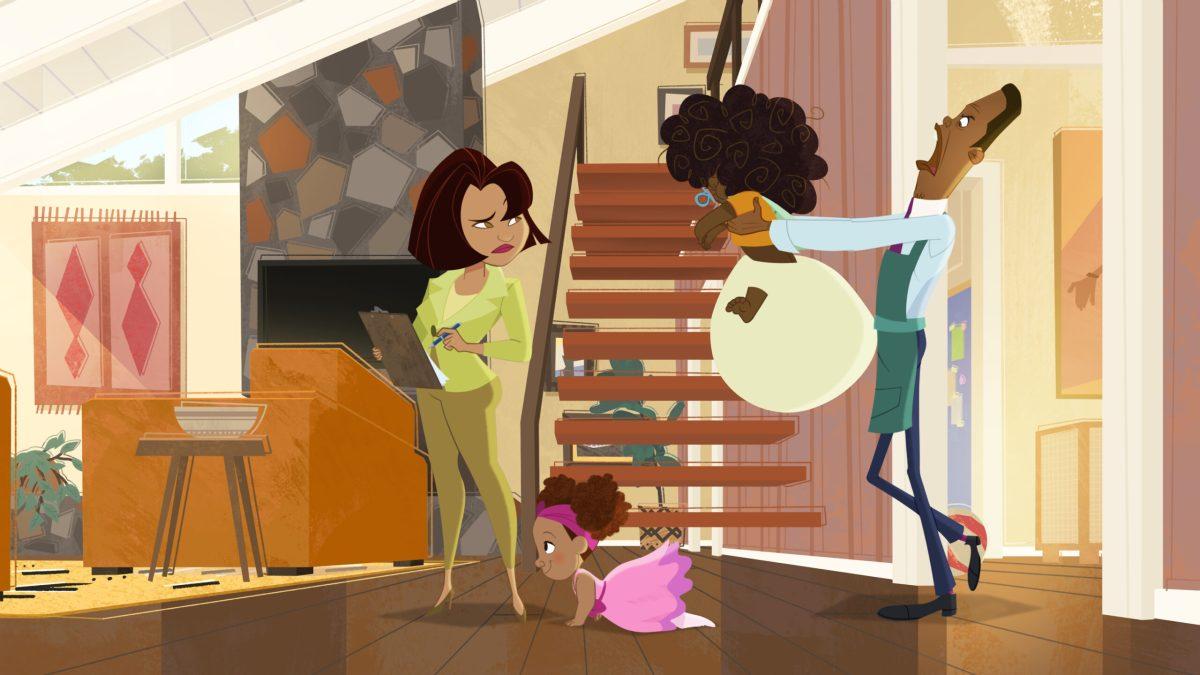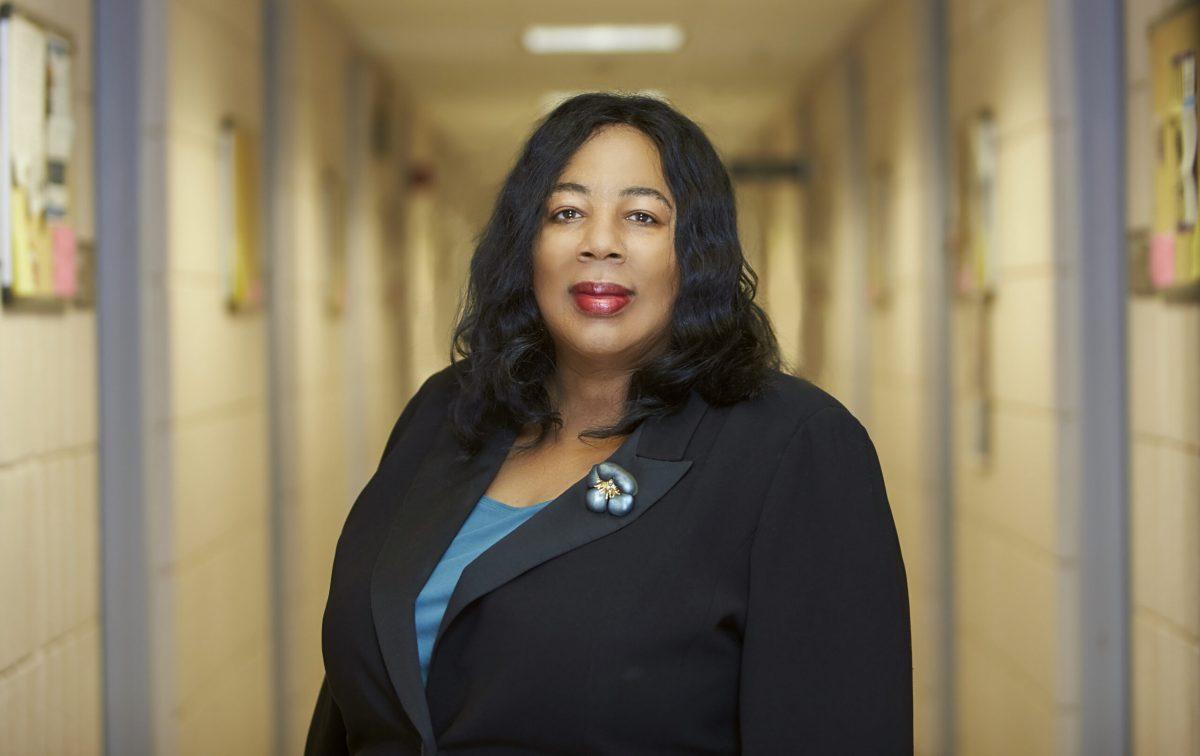This piece first appeared in our March 2021 Magazine
It’s early Sunday morning, and Reverend Majadi Baruti is grabbing tools out the back of a beat-up black sedan and placing them onto the ground outside a rusty trailer on a lot in Smithfield. It used to be the site of a store, but only portions of the etched concrete floor remain.
The original plan for the day to move a second trailer onto the site that would serve as housing has fallen through, but Baruti still has a purpose for the day. He is moving those tools into the trailer, the start of a future tool-loaning program.
As he walks across the lot, he is relaying a vision of what this piece of land could be. That rusty trailer will be painted with sunflowers. A second trailer will be moved in as a piece of affordable housing. A patch of land will become a community garden with a rotating selection of crops. A roadside area will be transformed into a sunflower garden for playing and relaxation. Quail coops will sit in front of a thick of trees.
It is a bold plan for just one lot but Baruti has plans to transform much of the community into similar spaces.
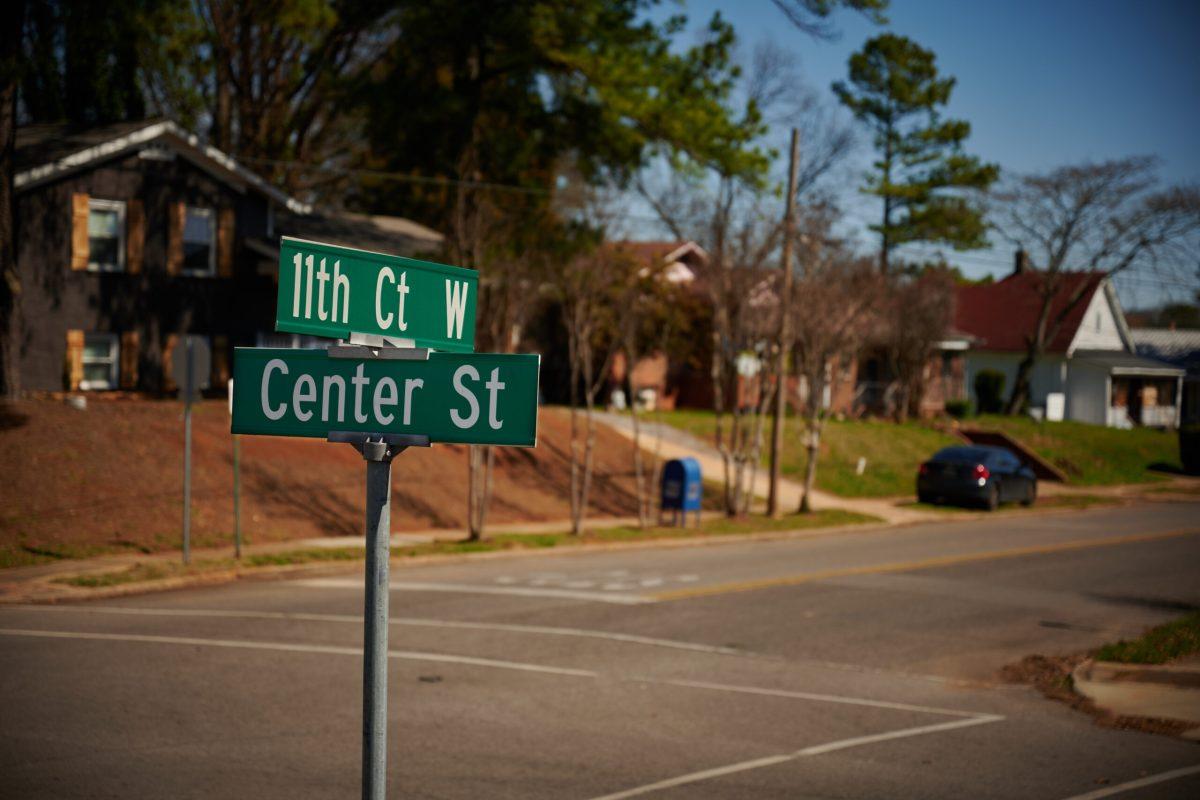
Enter the Landtrust
Baruti is the community engagement director of the Dynamite Hill-Smithfield Community Land Trust (DH-SCLT). The Land Trust is a community-led organization that seeks to improve the Smithfield neighborhood through programs aimed at increasing affordable housing, providing access to fresh foods, maintaining community spaces and other programs.
It was founded in 2015 by Susan Diane Mitchell with the help of the Magic City Agriculture Project. A fear of gentrification for the downtown adjacent community spurred its creation, particularly in the wake of the announcement that Birmingham would soon host the World Games. Similar multi-sport events have developed a reputation for gentrifying and clearing neighborhoods in other cities.
“We’re trying to stop gentrification,” Baruti said. “Gentrification is a form of neocolonialism.”
The group, along with its team of volunteers organized under the name Friends of Dynamite Hill, maintains a variety of community programs, including maintaining the Enon Ridge Trail that separates East Thomas and Enon Ridge and running the Graymont Fresh Market that sells farm-fresh food.
Many of their projects are works in progress, though. The visions that Baruti laid out around creating an experimental housing project and community garden are still being developed. Other plans such as retrofitting housing into being more eco-friendly have yet to begin, and some like a plan to develop the former Hill Elementary School into a community aid center are sitting in limbo.

What is a Land Trust?
For many, the idea of a community land trust is one that takes a minute to wrap your head around. It does not operate as a traditional model of a nonprofit. Mutual aid is more akin to the work that they do. They oppose the top-down planning structure that many nonprofits take.
“That approach is not community development. It’s urban redevelopment which translates to an urban erasure to indigenous people,” Mitchell, a graduate of UAB, said.
A community land trust (or CLT) upends that structure by placing the power over land into the hands of community members that comprise it. The community land trust uses that land to make affordable housing. They own the land but will either sell or lease housing to residents at an affordable price, allowing them to develop equity and build wealth. When the residents sell the home, the land still stays with the land trust and they can provide affordable housing in that same location to another resident.
Many land trusts, like DH-SCLT, operate other programs like urban farming along with that, but a commitment to providing affordable housing is always at their core.
“The money is gonna turn right back into the housing,” Baruti said. “If we get more money then we’re gonna build more housing.”
The success of land trusts in creating lasting affordability like the Dudley Street Initiative in Boston and New Communities, Inc. in Albany, Ga. have inspired the development of the DH-SCLT.
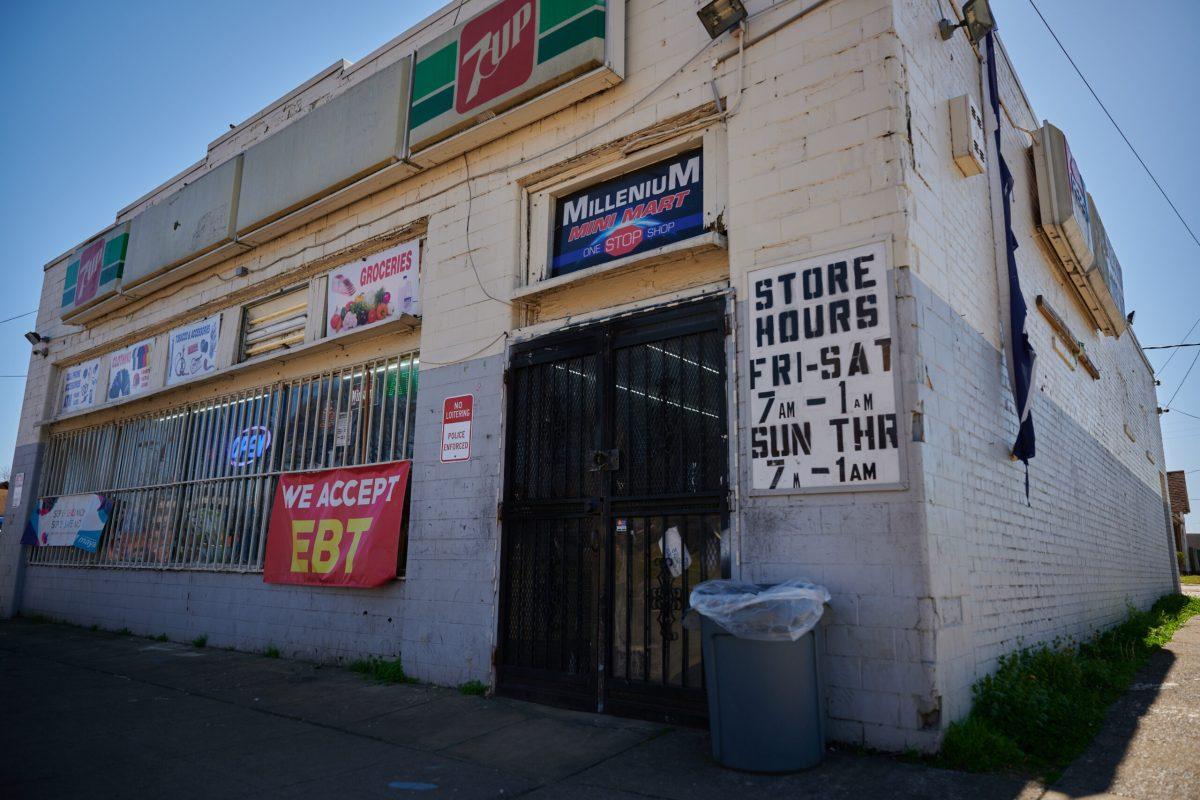
A cornerstore on Center Street. Land Trust Intiatives like the Graymont Fresh Market seek to address a lack of access to fresh food that much of Smithfield faces. | Photo by Dawson Martin 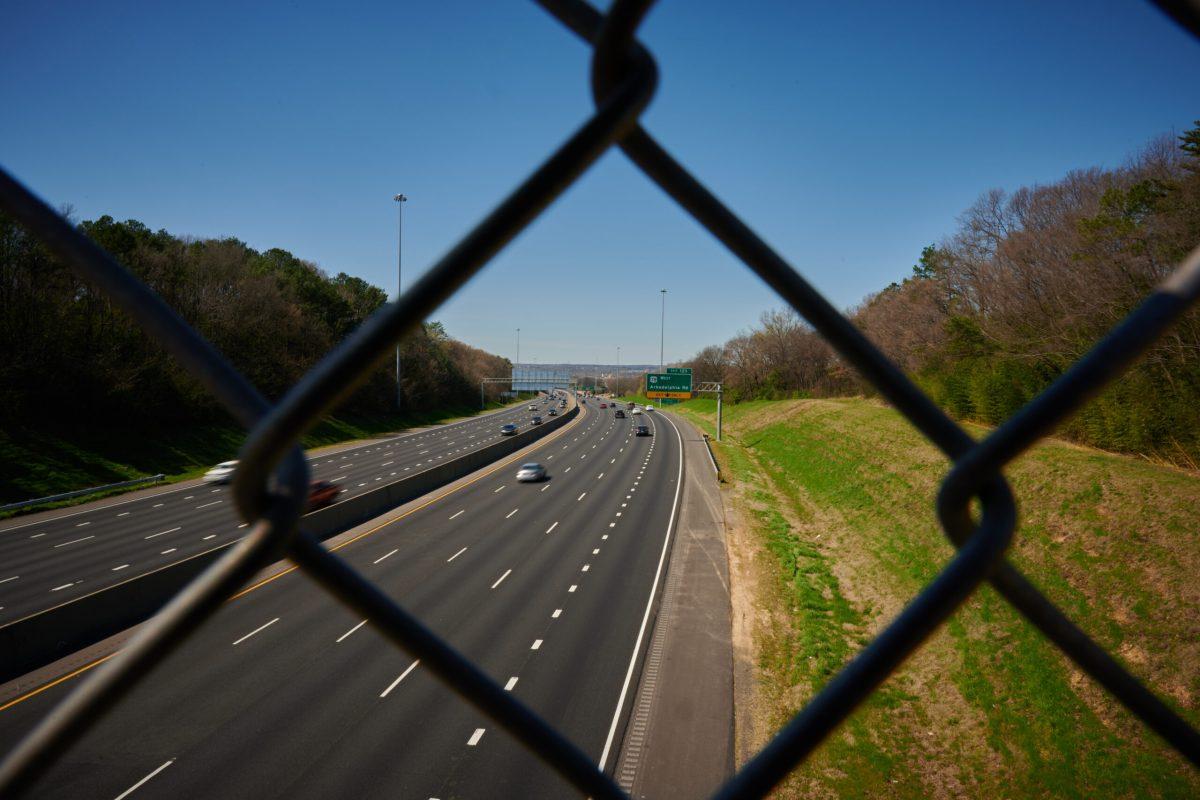
Interstate 20/59 divides the neighborhoods of East Thomas and Enon Ridge from the rest of Smithfield. | Photo by Dawson Martin
The Pain & Beauty of Dynamite Hill
The name Dynamite Hill-Smithfield Community Land Trust refers to the two names of the community it operates: Smithfield, the official name, and Dynamite Hill, a nickname it gained in the 1950s from the numerous racist bombings that occurred against Black families here. The neighborhood played a major role in Birmingham’s Civil Rights Movement, with A.H. Parker High School being the one of the primary sites at the beginning of the Children’s Crusade and Angela Davis’ childhood home still standing on Center Street.
Center Street historically divided the neighborhood between Black residents on its east side and white residents on its west under Birmingham’s racial zoning ordinance. A lawsuit filed by prominent civil rights attorney and Smithfield resident Arthur Shores changed that by ruling Birmingham’s racial zoning unconstitutional. With the neighborhood’s either burned.”
The Smithfield community is a city subdivision immediately west of downtown made up of five neighborhoods: College Hills, East Thomas, Enon Ridge, Graymont and Smithfield. Originally developed as a plantation farm, it was divided into homes in the late 1800s and began attracting residents both Black and white.
Formerly the center of Birmingham’s successful Black middle class, years of systemic hurdles have crippled the community from extensive white flight to the construction of interstates disconnecting its neighborhoods to the long-lasting effects of redlining. Today, nearly integration, came violence. There were over 50 bombing from 1947 to 1965 by white residents attacking pioneering Black families.
“Well, Blacks began to buy property on that half, and whites across the street begin moving out,” Shores said in a 1985 interview. “They sold their houses to Blacks, and before [they] could move in that house was blown up, dynamited or either burned.”
The Smithfield community is a city subdivision immediately west of downtown made up of five neighborhoods: College Hills, East Thomas, Enon Ridge, Graymont and Smithfield. Originally developed as a plantation farm, it was divided
into homes in the late 1800s and began attracting residents both Black and white.
Formerly the center of Birmingham’s successful Black middle class, years of systemic hurdles have crippled the community from extensive white flight to the construction of interstates disconnecting its neighborhoods to the long-lasting effects of redlining. Today, nearly 40% of the 9,262 residents in the 35204 zip code that contains Smithfield live in poverty.
The DH-SCLT is deeply aware of the painful history of its home, and that history informs the work that they do.
“The history of Dynamite Hill is what got me so passionately involved,” Mitchell said, “not just to revisit all the pain but to embrace the beauty, the resiliency, the human spirit that could survive and thrive through that.”

Implementing the Vision
The Land Trust is looking to work with the community to achieve these goals, but they have had their struggles along the way. Finding a way to work with the traditional neighborhood structures has been a challenge for them.
“I was surprised that more people wouldn’t show up at our events,” Mitchell said. “The bulk of our volunteers are people who don’t live in the area.”
As a community-based organization, the group values participation from the community. They want their volunteers to reflect the community they’re located in.
Their vision of a community-led group dedicated to improving the lives of it.
Other obstacles come from COVID restrictions that have scattered their work and made organizing more difficult.
“I miss that collaborative work we were doing, that collaborative work that we were doing,” Mitchell said. “We still have events but nearly at the level we were at.”
But these challenges don’t stop them. The next weekend after Baruti loaded those tools into the trailer, he was working again helping clean up the Enon Ridge Trail. Just another action in the fight for a better neighborhood.
You can connect with the Dynamite Hill-Smithfield Community Land Trust on their Facebook page or website.


